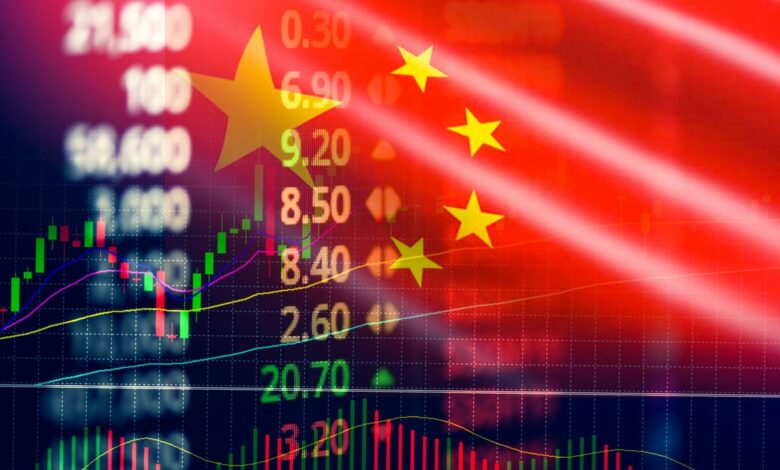
The GDP, which is essentially the Gross Domestic Product of a country, is an estimate or measurement of the total value of industrial goods and services produced in the country over a period of time. As a result, growth in the country’s GDP can be considered as its economic growth.
In most countries of the world, countries’ GDP at different stages of the business cycle often fluctuates against the backdrop of long-term economic growth. It is interesting to note, however, that the leading economies measured by GDP do not easily deviate from their positions despite their ups and downs.
Let’s talk about the top 5 economies in the world:

1. United States
The U.S. economy has remained the largest in the world in terms of nominal GDP in 2021. The most significant contribution to this GDP is the financial services sector, which includes finance, real estate, insurance, professional and business services, and healthcare.
The U.S. has a relatively open economy, facilitating flexible business investment and foreign direct investment in the country. It is the world’s dominant geopolitical power and is able to maintain a large external national debt as the producer of the world’s primary reserve currency. The U.S. economy is at the forefront of technology in many industries, but it faces rising threats in the form of economic inequality, rising healthcare and social safety net costs, and deteriorating infrastructure.
2. China

China has the second-largest nominal GDP in the world in U.S. dollars and the highest in purchasing power parity. With annual growth consistently exceeding the United States, China could become the world’s largest economy in terms of nominal GDP in the future.
As China has progressively opened its economy over the past four decades, economic development and living standards have greatly improved. As the government has gradually phased out collectivized agriculture and industry, allowed greater flexibility for market prices, and increased the autonomy of businesses, foreign and domestic trade and investment have taken off. Coupled with an industrial policy that encourages domestic manufacturing, this has made China the world’s number one exporter. Despite these advantages, China faces some significant challenges, such as a rapidly aging population and severe environmental degradation.
3. Japan
Japan is the third-largest economy in the world. In 2019, GDP exceeded $ 5 trillion1. With close cooperation between government and industry and high-tech expertise, Japanese industry has built and is export-oriented. Many Japanese conglomerates are made up of networks of interconnected companies known as keiretsu.
After the Lost Decade of the 1990s and the impact of the global Great Recession, Japan has seen an uptick in growth in recent years under the policies of Prime Minister Shinzo Abe. However, Japan is poor in natural resources and dependent on energy imports, especially after the general shutdown of its nuclear power industry following the 2011 Fukushima disaster. Japan has also struggled with a rapidly aging population.
4. Germany

Germany ranks fourth in the global economy with a GDP of $ 3.86 trillion in 2019. Germany is also the largest economy in Europe1. Germany is a significant exporter of automobiles, equipment, chemicals, and other industrial products and has a highly skilled workforce. However, Germany faces some challenges in terms of economic growth. Low fertility makes it difficult to replace an aging workforce, and high net immigration complicates social security systems 12. Germany, however, faces some demographic challenges to its economic growth. Its low fertility rate makes replacing its aging workforce more difficult, and its high levels of net immigration strain its social welfare system.
5. India
India is the fifth largest economy in the world, with a GDP of $2.87 trillion in 2019, more than 4% higher than in 2018. Because of its large population, India has the lowest per-capita GDP on our list.1 India’s economy is a mixture of traditional village farming and handicrafts alongside booming modern industry and mechanized agriculture. India is a major exporter of technology services and business outsourcing, and the service sector makes up a large share of its economic output. Liberalization of India’s economy since the 1990s has boosted economic growth, but inflexible business regulation, widespread corruption, and persistent poverty pose challenges to ongoing expansion.




